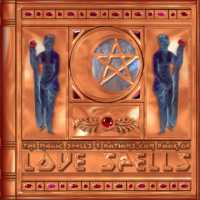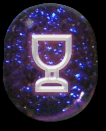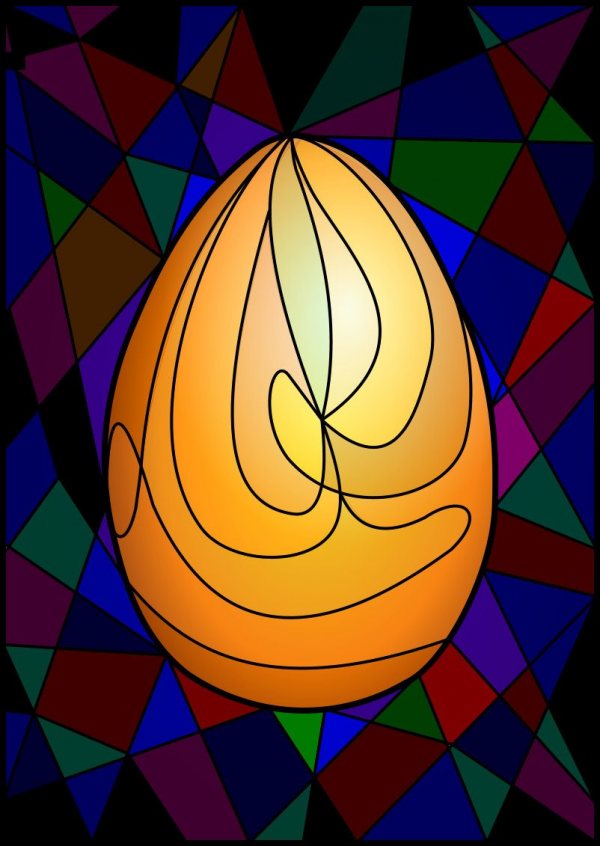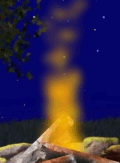Orchid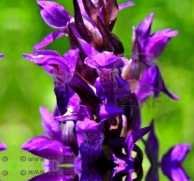
Our common English Orchids are the "Early Purple," which is abundant in our woods and pastures; the "Meadow Orchis"; and the "Spotted Orchis" of our heaths and commons. Less frequent are the "Bee Orchis," the "Butterfly Orchis," "Lady's Tresses," and the "Tway blade."
Added Sep 29, 2010
| 7,788 Reads
Two roundish tubers form the root of an Orchid, and give its name to the plant from the Greek orchis, testicle. A nutritive starchy product named Salep, or Saloop, is prepared from the roots of the common Male Orchis, and its infusion or decoction was taken generally in this country as a beverage before the introduction of tea and coffee. Sassafras chips were sometimes added for giving the drink a flavour. Salep obtained from the tubers of foreign Orchids was specially esteemed; and even now that sold in Indian bazaars is so highly valued for its fine qualities that most extravagant prices are paid for it by wealthy Orientals. Also in Persia and Turkey it is in great repute for recruiting the exhausted vitality of aged, and enervated persons. In this country it may be purchased as a powder, but not readily miscible with water, so that many persons fail in making the decoction. The powder should be first stirred with a little spirit of wine: then the water should be added suddenly, and the mixture boiled. One dram by weight of the salep powder in a fluid dram and a half of the spirit, to half-a-pint of water, are the proper proportions. Sometimes amber, cloves, cinnamon, and ginger are added. Dr. Lind, in the middle of the last century, strongly advised that ships, and soldiers on long marches, should be provided with Salep made into a paste or cake. This (with a little portable soup added) will allay hunger and thirst if made liquid. An ounce in two quarts of boiling water will sufficiently sustain a man for one day, being a combination of animal and vegetable foods. Among the early Romans the Orchis was often called "Satyrion," because it was thought to be the food of the Satyrs, exciting them to their sexual orgies. Hence the Orchis root became famous as all aphrodisiac medicine, and has been so described by all herbalists from the time of Dioscorides. A tradition is ascribed to the English Orchis Mascula (early Purple), of which the leaves are usually marked with purple spots. It is said that these are stains of the precious blood which flowed from our Lord's body on the cross at Calvary, where this species of Orchis is reputed to have grown. Similarly in Cheshire, the plant bears the name of Gethsemane. This early Orchis is the "long Purples," mentioned by Shakespeare in Hamlet: and it is sometimes named "Dead men's fingers," from the pale colour, and the hand-like shape of its tubers. "That liberal shepherds give a grosser name, It is further styled "Cain and Abel" and "Rams' horns," the odour being offensive, especially in the evening. It thrives wherever the wild hyacinth flourishes, and is believed by some to grow best where the earth below is rich in metal. Country people in Yorkshire call it "Crake feet," and in Kent "Keat legs," or "Neat legs." The roots of this Orchis abound with a glutinous sweetish juice, of which a Salep may be made which is quite equal to any brought from the Levant. The new root should be washed in hot water, and its thin brown skin rubbed off with a linen cloth. Having thus prepared a sufficient number of roots, the operator should spread them on a tin plate in a hot oven for eight or ten minutes, until they get to look horny, but without shrinking in size: and being then withdrawn, they may be dried with more gentle heat, or by exposure to the air. Their concocted juice can be employed with the same intentions and in the same complaints as gum arabic,—about which we read that not only has it served to sustain whole negro towns during a scarcity of other provisions, but the Arabs who collect it by the river Niger have nothing else to live upon for months together. Salep is a most useful article of diet for those who suffer from chronic diarrhoea.
Added Sep 29, 2010
| 7,788 Reads
Share The Magic ...
The GoE MONEY!!! Course - A Course In Real MONEY MAGIC!
|


